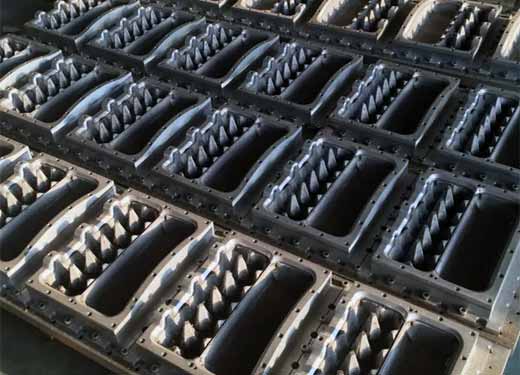Definition of pulp molding die assembly
Pulp molding is a manufacturing process used to create products such as packaging materials, trays, and containers made from recycled paper or other plant-based materials. The process involves forming pulp into a specific shape using a mold, which is then dried and finished.
Pulp molding die assembly refers to the process of putting together the various components of the mold, including the frame, core, cavity, and lock-up mechanism. The assembly of these components is critical to the success of the pulp molding process and ultimately determines the quality and consistency of the finished product.
Proper assembly is essential in pulp molding die production because it affects the overall performance of the mold. A poorly assembled mold can result in defects in the finished product, such as warping, cracking, or uneven surfaces. These defects can compromise the integrity of the product and make it unsuitable for its intended use.
In addition, proper assembly is critical to the longevity of the mold. Pulp molding dies are subject to wear and tear over time due to the stresses of the molding process, which can cause components to shift or loosen. If not properly assembled, a mold may wear out more quickly, leading to increased production costs and downtime.
Components of a Pulp Molding Die
A pulp molding die consists of several components that work together to create the desired product. These components include the frame, core, cavity, and lock-up mechanism.
The frame of the pulp molding die is typically made of steel or aluminum and provides the structure and support for the mold. It is designed to withstand the pressure and stresses of the molding process and maintain the shape of the mold during use.
The core of the mold is the central component that forms the interior shape of the finished product. It is usually made of aluminum and is designed to fit snugly into the cavity of the mold. The core is removable, which allows for easy cleaning and maintenance of the mold.
The cavity of the pulp molding die is the outer component that forms the exterior shape of the finished product. It is typically made of brass or copper and is designed to be interchangeable with other cavities of different shapes and sizes.
Finally, the lock-up mechanism of the mold holds the frame, core, and cavity securely in place during the molding process. It consists of several components, including locking pins, clamps, and bolts, which are used to ensure that the mold is properly aligned and held together during use.
Each component of the pulp molding die plays a critical role in the assembly and performance of the mold. Proper maintenance and assembly of these components are essential to the success of the molding process and the quality of the finished product. In the following sections, we will explore the steps involved in properly assembling a pulp molding die.
Best Practices for Pulp Molding Die Assembly
Proper assembly of a pulp molding die is crucial for the success of the molding process and the quality of the finished product. Here are some best practices to follow when assembling a pulp molding die:
A. Proper alignment of components: Ensure that all components of the mold, including the frame, core, cavity, and lock-up mechanism, are properly aligned before tightening any bolts or screws. Misalignment can cause uneven pressure distribution and result in defective products.
B. Correct torque settings for bolts and screws: Use the manufacturer’s recommended torque settings for all bolts and screws. Over-tightening can damage the mold, while under-tightening can cause leaks and misalignment.
C. Lubrication of moving parts: Apply lubrication to all moving parts, such as locking pins and clamps, to ensure smooth operation and prevent wear and tear.
D. Regular maintenance and inspection: Regularly inspect the mold for any signs of wear or damage and replace any worn or damaged components. Clean the mold after each use to prevent buildup of pulp and debris.
By following these best practices, you can ensure that your pulp molding die is properly assembled and maintained for optimal performance and longevity.
